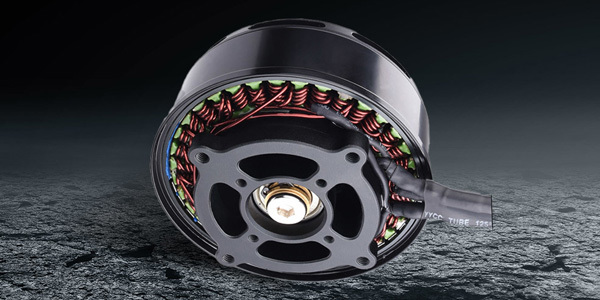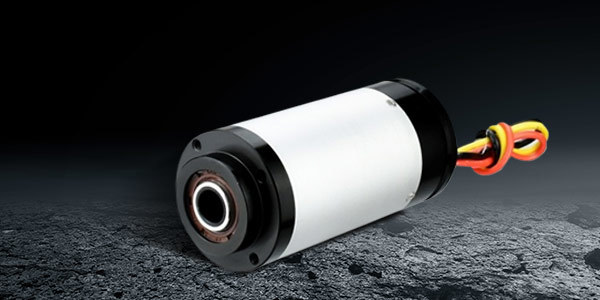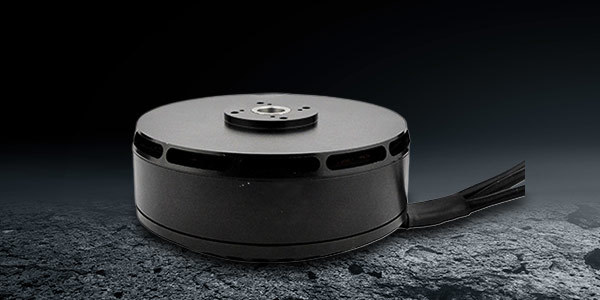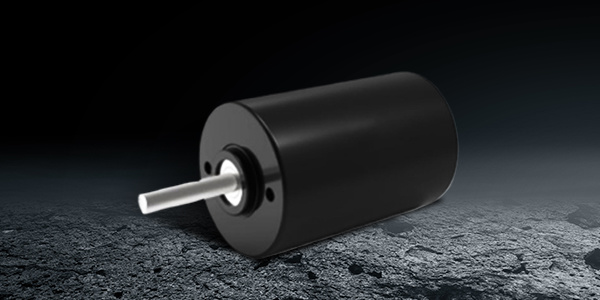Aug 11,2025
How Sensorless BLDC Motors Enhance Performance in Electric Generators
How Sensorless BLDC Motors Enhance Performance in Electric Generators Table of Contents 1. Introduction to Sensorless BLDC Motors 2. Understanding Electric Generators 3. The Mechanism of Sensorless BLDC Motors 3.1 How Sensorless Technology Works 3.2 Advantages Over Traditional BLDC Motors 4. Key Benefits of Sensorless BLDC Motors in Electric Generators 4.1 Improved Efficiency and Performance 4.2 R
How Sensorless BLDC Motors Enhance Performance in Electric Generators
Table of Contents
1. Introduction to Sensorless BLDC Motors
2. Understanding Electric Generators
3. The Mechanism of Sensorless BLDC Motors
3.1 How Sensorless Technology Works
3.2 Advantages Over Traditional BLDC Motors
4. Key Benefits of Sensorless BLDC Motors in Electric Generators
4.1 Improved Efficiency and Performance
4.2 Reduced Maintenance Needs
4.3 Cost-Effectiveness
5. Applications of Sensorless BLDC Motors in Electric Generators
5.1 Renewable Energy Systems
5.2 Industrial Applications
6. Future Trends in Sensorless BLDC Motor Technology
7. Frequently Asked Questions (FAQs)
8. Conclusion
1. Introduction to Sensorless BLDC Motors
In the rapidly evolving landscape of electric power generation, **sensorless Brushless DC (BLDC) motors** are making significant strides. Unlike traditional motors that rely on external sensors to detect rotor position, sensorless motors utilize innovative algorithms to achieve optimal performance. This unique approach not only enhances the functionality of electric generators but also paves the way for more efficient energy production.
2. Understanding Electric Generators
Electric generators are devices that convert mechanical energy into electrical energy. They play a crucial role in various industries, providing power for residential, commercial, and industrial applications. The efficiency, reliability, and cost-effectiveness of these generators are essential for ensuring uninterrupted power supply and meeting energy demands.
3. The Mechanism of Sensorless BLDC Motors
Sensorless BLDC motors operate using advanced control strategies that eliminate the need for physical sensors. Here’s how they work:
3.1 How Sensorless Technology Works
Sensorless technology relies on feedback methods that estimate rotor position through back electromotive force (Back EMF). By analyzing the voltage generated in the motor’s windings, the controller can determine the rotor’s position and adjust the motor’s operation accordingly. This process allows for accurate commutation without the additional complexity and cost of sensors.
3.2 Advantages Over Traditional BLDC Motors
The advantages of sensorless BLDC motors over traditional models are numerous. Firstly, they are typically more compact and lightweight, as they do not require additional components like encoders or Hall effect sensors. Furthermore, the absence of these sensors reduces the risk of failure, leading to increased reliability and longevity.
4. Key Benefits of Sensorless BLDC Motors in Electric Generators
The integration of sensorless BLDC motors into electric generators brings forth several key benefits that enhance overall performance.
4.1 Improved Efficiency and Performance
One of the standout attributes of sensorless BLDC motors is their remarkable efficiency. By eliminating sensor-related losses and optimizing control strategies, these motors can achieve higher torque and faster response times. This leads to better performance across a range of operating conditions, which is particularly crucial in variable load scenarios.
4.2 Reduced Maintenance Needs
Traditional motors often require regular maintenance due to the wear and tear of mechanical components like sensors and brushes. In contrast, sensorless motors have fewer moving parts, resulting in significantly lower maintenance requirements. This not only reduces downtime but also translates to cost savings for operators.
4.3 Cost-Effectiveness
The initial investment in sensorless BLDC motors may be higher than conventional motors; however, their long-term cost-effectiveness is undeniable. With reduced maintenance costs, lower energy consumption, and improved reliability, these motors provide substantial savings over their operational lifetime.
5. Applications of Sensorless BLDC Motors in Electric Generators
Sensorless BLDC motors find application in a variety of electric generator systems, enhancing performance in different sectors.
5.1 Renewable Energy Systems
As the world shifts towards sustainable energy solutions, sensorless BLDC motors are increasingly utilized in wind and solar power generation. Their efficiency and reliability make them ideal for harnessing renewable resources, allowing for maximum energy output and minimizing operational costs.
5.2 Industrial Applications
In the industrial sector, sensorless BLDC motors are employed in applications such as backup generators and power supplies for critical operations. Their ability to perform efficiently under varying loads makes them suitable for diverse industrial processes, ensuring consistent power availability.
6. Future Trends in Sensorless BLDC Motor Technology
As technology advances, sensorless BLDC motors are expected to evolve further. Innovations in **control algorithms** and **materials** will likely enhance their overall performance and efficiency. Additionally, the growing emphasis on environmental sustainability will drive further adoption in renewable energy applications, solidifying their role in the future of electric power generation.
7. Frequently Asked Questions (FAQs)
Q1: What is the primary advantage of sensorless BLDC motors?
A: The primary advantage lies in their ability to operate without physical sensors, resulting in increased efficiency, reduced maintenance, and lower operational costs.
Q2: How do sensorless BLDC motors improve generator performance?
A: They enhance generator performance by providing precise control over rotor position, enabling faster response times and higher torque, thus improving overall efficiency.
Q3: Are sensorless BLDC motors more reliable than traditional motors?
A: Yes, sensorless BLDC motors are generally more reliable due to fewer moving parts, which reduces the risk of mechanical failures.
Q4: Can sensorless BLDC motors be used in renewable energy applications?
A: Absolutely! They are increasingly used in renewable energy systems, such as wind and solar, due to their efficiency and performance capabilities.
Q5: What industries benefit from sensorless BLDC motor technology?
A: Industries including renewable energy, manufacturing, and critical infrastructure applications benefit significantly from the advantages offered by sensorless BLDC motors.
8. Conclusion
Sensorless BLDC motors represent a transformative advancement in electric generator technology. By eliminating the need for physical sensors and optimizing efficiency, these motors enhance performance across a variety of applications, from renewable energy systems to industrial processes. Their reliability, reduced maintenance needs, and cost-effectiveness position them as a preferred choice for modern electric generators. As technology continues to evolve, we can expect sensorless BLDC motors to play an even more pivotal role in shaping the future of power generation.
In summary, the integration of sensorless BLDC motors into electric generators not only enhances operational efficiency but also aligns with the growing demand for sustainable and cost-effective energy solutions. The future looks bright for this innovative technology as it continues to lead the way in the evolution of electric generators.
Previous: None
Next: Exploring the Advantages of Industrial Brushless DC Motors in Modern Applications

















